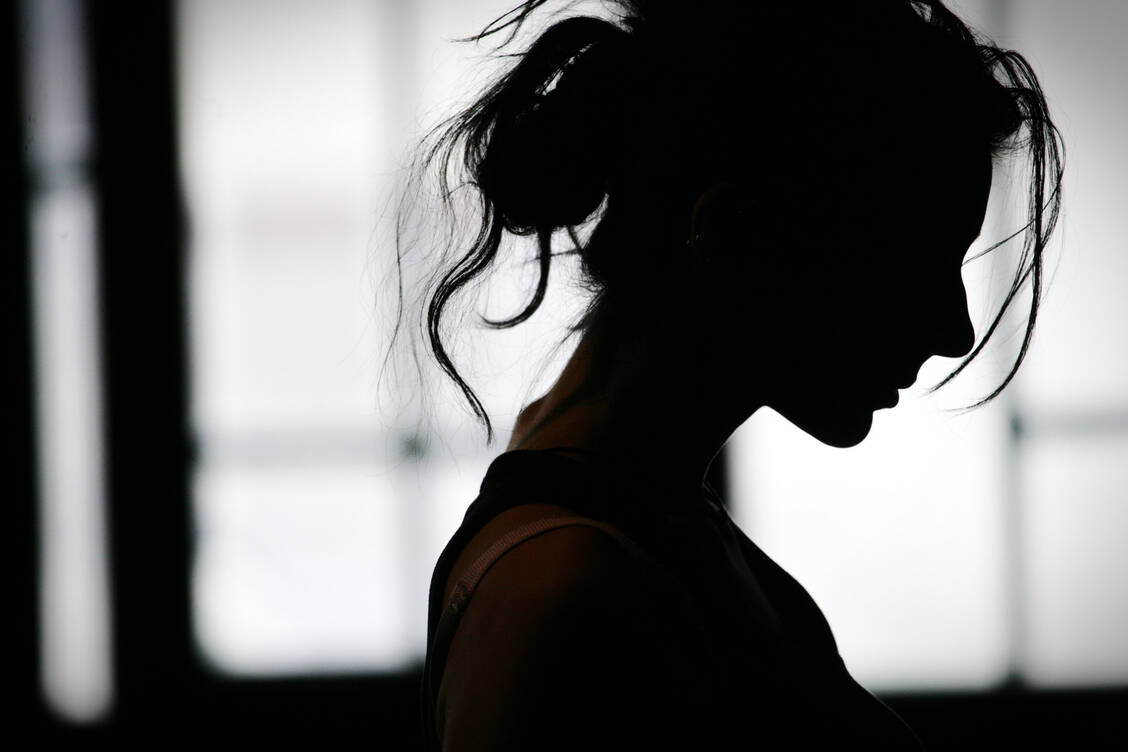In Germany, medicinal products with metronidazole (0.75%) in the form of gel, cream, lotion and microemulsion, azelaic acid gel (15%), brimonidine gel (0.33%) and ivermectin cream (1%) are approved for external rosacea treatment. The most commonly used is metronidazole, which has antibiotic and antiparasitic activity. The effect mechanism with topical application is not yet fully understood. Since skin parasites such as demodex mites are involved in the pathogenesis of rosacea, the antiparasitic effect could play a role. Unwanted effects are rare and usually manifest as local hypersensitivity reactions with symptoms such as redness, burning and dehydration. Ivermectin cream is also effective against the parasites. Unlike metronidazole preparations, the cream is only applied once a day. Azelaic acid has an antibacterial and anti-inflammatory effect and normalises the keratinisation of the skin. The gel is applied twice a day. The topical vasoconstrictor brimonidine is indicated for symptomatic treatment only when persistent erythema occurs. According to the guideline, doctors can use other topicals such as minocycline, permethrin or clindamycin, topical retinoids, calcineurin inhibitors or benzoyl peroxide as part of an off-label use. Once the acute episode is over, treatment moves to maintenance therapy. Topical metronidazole preparations, brimonidine gel and ivermectin cream are suitable for this.







